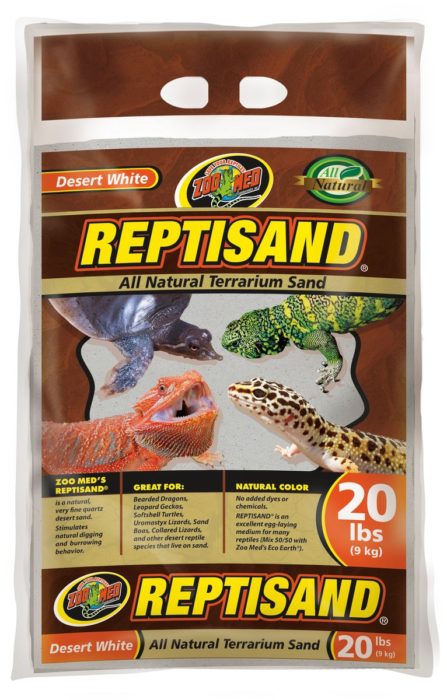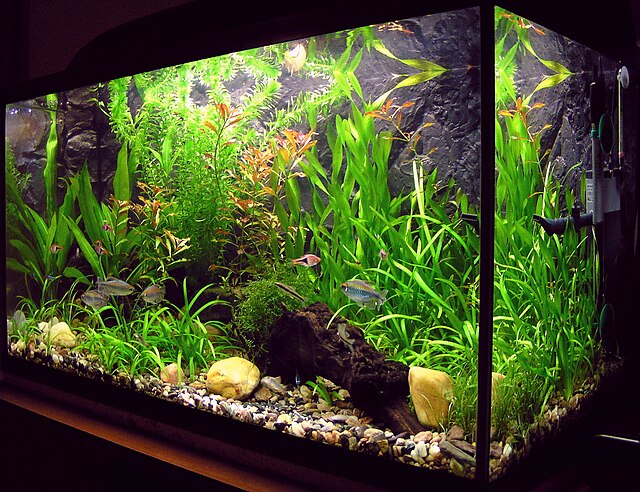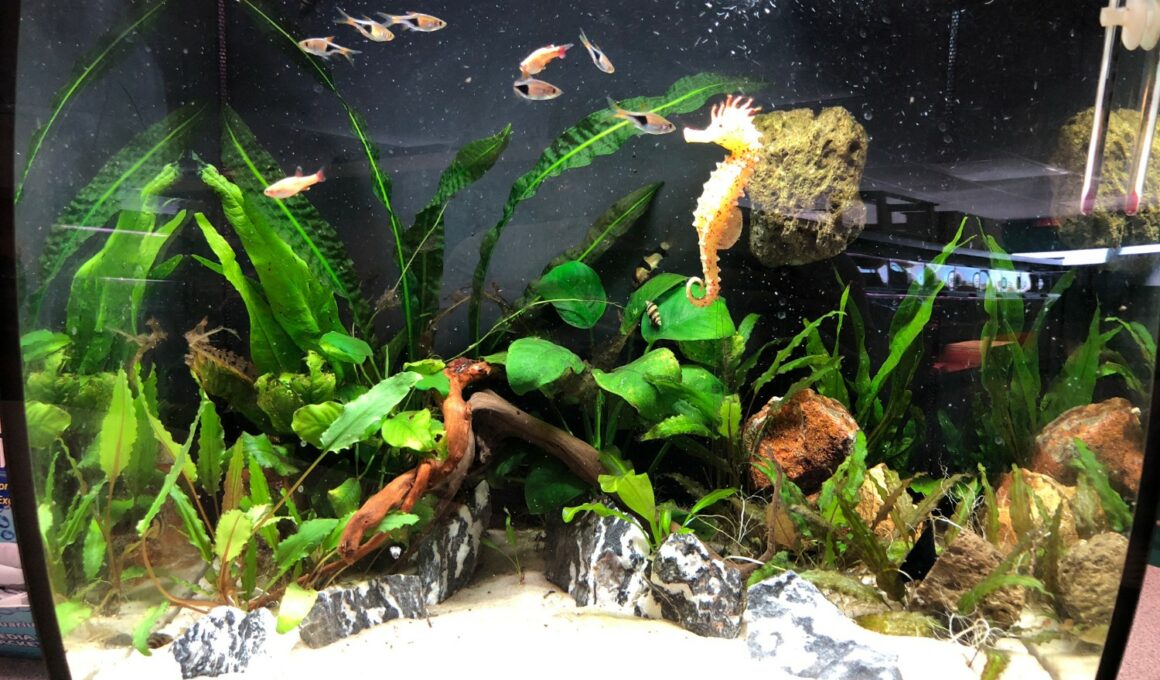In this article Show
Ever found yourself standing in the pet store, staring at bags of reptile sand, and wondering, “Could I use this in my fish tank?” I’ve been there. As someone who’s spent countless hours diving into the world of reptiles and their care, I’ve often been curious about the overlap between reptilian and aquatic habitats.
After all, both environments are crucial for our beloved pets. But things can get a bit murky when it comes to the nitty-gritty details, like whether reptile sand is safe for fish.
In this post, we’ll explore this question in depth, ensuring you have all the information you need to make the best decision for your scaly and finned friends. So, let’s dive in, shall we?
Can You Use Reptile Sand in a Fish Tank?
No, it is not recommended to use reptile sand in a fish tank. Reptile sand is designed for terrariums and may contain chemicals or dyes that are harmful to fish. Additionally, the fine particles of reptile sand can cause issues in aquatic environments, such as clogging filters and harming fish’s gills. For fish tanks, it’s better to use substrates specifically designed for aquatic use, which are safe for fish and suitable for maintaining the necessary water quality.
Types of Reptile Sand

There are several types of reptile sand available in the market, each with its own set of features:
- Calcium Sand: Often enriched with calcium, beneficial for reptiles but potentially problematic for fish.
- Play Sand: A cheaper alternative, but not recommended due to its fine grains and potential for causing impaction in reptiles.
- Quartz Sand: Known for its larger, rounded grains, making it less likely to cause digestive issues in reptiles.
The Importance of Substrate in a Fish Tank
Choosing the right substrate for your fish tank is more than just an aesthetic decision. It plays a crucial role in maintaining a healthy aquatic environment for your fish.
The substrate serves multiple functions in a fish tank:
- Filtration: It acts as a biological filter, hosting beneficial bacteria that help break down waste.
- Plant Growth: For planted tanks, the substrate provides essential nutrients for aquatic plants.
- Fish Behavior: Some fish like to dig or burrow, and the right substrate can facilitate these natural behaviors.
Common Types of Substrate in Fish Tank
When it comes to fish tanks, you have a variety of substrate options:
- Gravel: Suitable for most freshwater tanks and comes in various sizes and colors.
- Sand: Preferred for tanks with bottom-dwelling fish, as it’s softer on their bellies.
- Soil: Used in planted tanks to provide nutrients for plant growth.
Factors to Consider
Before you make your choice, consider the following:
- pH Levels: Some substrates can alter the pH of the water, which could be harmful to certain fish species.
- Water Quality: The substrate should not release harmful chemicals into the water.
- Fish Species: Different fish have different substrate preferences and needs.
Can You Use Reptile Sand in a Fish Tank?
The short answer is: that it is complicated. While both reptile sand and fish tank substrates serve similar purposes, they are formulated with different animals in mind.
Let’s break it down.
1. Chemical Composition
Reptile sand is often made from materials like crushed walnut shells, quartz, or calcium carbonate. While these materials are generally safe for reptiles, they may not be suitable for fish. For instance, calcium carbonate can alter the pH levels in the water, which could be harmful to certain fish species.
2. Grain Size

The size of the sand grains is another important factor. Reptile sand is often finer, which could lead to issues like clogging your filtration system. On the flip side, some fish enjoy sifting through fine sand, so it could be a plus depending on the species you have.
| PROS | CONS |
|---|---|
| Reptile sand comes in various colors and can make your fish tank look unique. | This may alter pH and other water parameters. |
| It’s readily available in pet stores. | Fine grains could be ingested by fish, leading to health issues. |
Alternatives to Reptile Sand for Fish Tanks
If you’ve decided that reptile sand isn’t the best fit for your fish tank, don’t worry—there are plenty of other options available that are both safe and effective.
Recommended Substrates
- Aquarium Gravel: A popular choice for freshwater tanks, aquarium gravel is chemically inert and comes in various sizes and colors.
- Aquarium Sand: Unlike reptile sand, aquarium sand is specifically designed for fish tanks and is generally safe for most fish species.
- Coral Sand: Ideal for saltwater tanks, coral sand helps maintain a stable pH level, but should be avoided in freshwater setups.
DIY Options
- Pool Filter Sand: A cost-effective alternative that is generally safe for fish tanks. Just make sure to rinse it thoroughly before use.
- River Rocks: If you’re going for a natural look, smooth river rocks can be a great option. Again, make sure to clean them well before introducing them to your tank.
Conclusion
Choosing the right substrate for your fish tank is not just an aesthetic decision; it’s a matter of health and well-being for your aquatic pets. While reptile sand may seem like a convenient and visually appealing option, it’s important to consider its potential impact on water chemistry and fish health.
Based on expert opinions and the factors we’ve discussed, it’s generally not recommended to use reptile sand in a fish tank. The risks, such as chemical imbalances and potential health hazards, outweigh the benefits. Instead, opt for substrates specifically designed for aquatic environments, like aquarium gravel or sand, to ensure a safe and healthy habitat for your fish.









